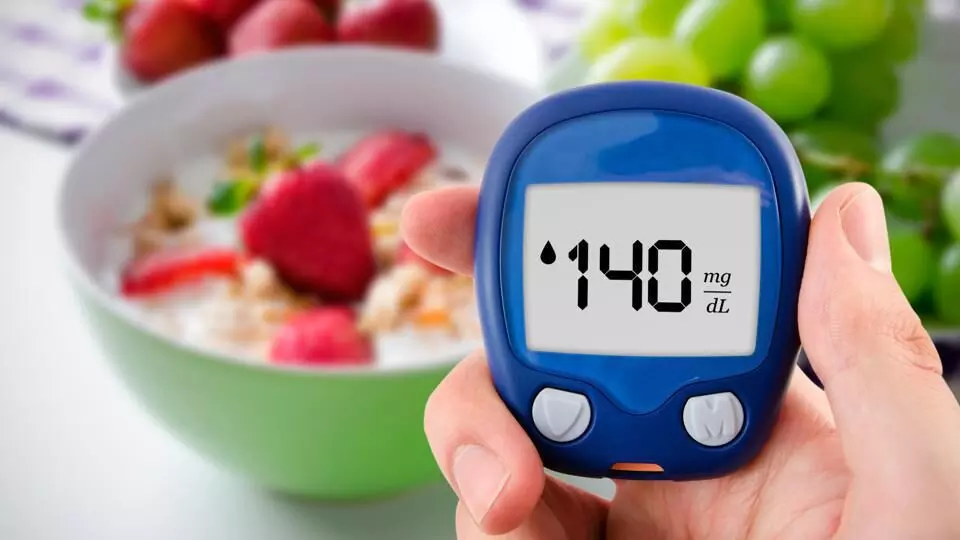The Silent Spike: When Blood Sugar Levels Rise Unnoticed

For millions of people with diabetes, keeping blood sugar levels in a healthy range is a daily focus. But what many may not realize is that their levels could be elevating with no obvious physical symptoms - at least initially.
This silent rise in blood sugar, known as hyperglycemia, can occur for a variety of reasons. And if left unchecked over time, it can lead to serious complications like nerve damage, kidney disease, vision problems and an increased risk of heart disease and stroke.
"Blood sugar levels become problematic when they remain elevated above the normal range for an extended period," explains Dr. Katrina Rodriguez, an endocrinologist at Houston Methodist Hospital. "The body tries to compensate at first, which is why you may not notice any immediate issues."
Causes of Sneaky Spikes
So what causes these imperceptible blood sugar spikes? For those with type 1 or type 2 diabetes, not taking enough insulin or oral medication can be one culprit. But other factors can also silently drive up levels, even in people without diabetes, including:
Illness or Infection - When the body is fighting a virus or bacteria, blood sugar levels often rise as the immune system works harder burning more energy. Steroid medications used to treat inflammation can also contribute to increased blood sugar.
Dehydration - Not drinking enough fluids can cause blood sugar concentration to go up as the body tries to pull water from cells.
Menstrual Cycles - Hormonal shifts during a woman's monthly cycle can make insulin less effective at regulating blood sugar.
Diet and Activity Changes - Eating higher carbohydrate foods than usual while being more sedentary can gradually raise blood sugar to unhealthy levels.
Stress - Physical or mental stress triggers the release of hormones that can prevent insulin from properly regulating blood sugar.
Dawn Phenomenon - In the early morning hours, the body releases a surge of hormones that can cause high blood sugar, even in people without diabetes.
"The tricky part is that many of these factors are somewhat unavoidable parts of life," says Rodriguez. "So being vigilant about checking blood glucose levels regularly is crucial."
Monitoring for Peace of Mind
For people with diabetes,eia Health experts generally recommend checking blood sugar levels when waking up, before meals, two hours after eating, before exercise, before bedtime, and any time symptoms like excessive thirst or fatigue arise.
For those without diabetes, Rodriguez suggests checking levels a few times a year if you notice potential warning signs like increased urination, unexplained weight loss, or excessive hunger. Continuous glucose monitors (CGMs) can also provide round-the-clock tracking.
"Don't ignore any unexplained highs or lows," advises Rodriguez. "Even if you feel completely fine, catching blood sugar abnormalities early through monitoring can prevent bigger problems down the road."
By understanding the silent causes of blood sugar rises and making self-monitoring a priority, people can take charge of managing their levels - whether diabetic or not.
